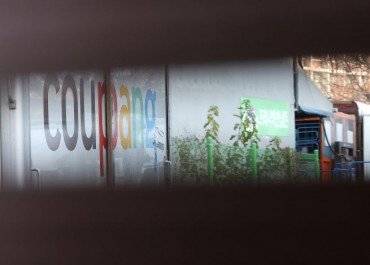
As convenience store cigarette sales grow and the share of supermarkets declines, tobacco companies have no option but to downsize their direct sales organizations. (image: Korea Bizwire)
SEOUL, Feb. 23 (Korea Bizwire) — With social distancing becoming a new norm due to the prolonged COVID-19 pandemic, convenience stores are emerging as new centers of everyday life, leaving an impact on the retail landscape.
Against this backdrop, some tobacco companies are cutting their sales staff.
Philip Morris Korea Inc. recently downsized the sales force of its agencies by about 40 percent.
British American Tobacco (BAT) Korea also reorganized its sales organization, placing a bigger emphasis on major sales outlets.
JT International Korea Inc. cut its sales staff responsible for direct delivery of cigarettes to retail stores, while strengthening parcel delivery via state postal service Korea Post as part of efforts to improve its sales efficiency.
For convenience stores, cigarettes are delivered via the logistics centers of each convenience store chain. Accordingly, tobacco companies try to sell their products to convenience store chains in a business-to-business (B2B) manner.
For small marts and supermarkets, however, companies have to rely on sales staff to sell their products.
As convenience store cigarette sales grow and the share of supermarkets declines, tobacco companies have no option but to downsize their direct sales organizations.
According to the Ministry of Trade, Industry and Energy, the share of convenience stores in overall retail sales increased to 31 percent last year from 29.2 percent in 2019.
In particular, cigarettes registered the highest growth of about 4.7 percentage points during this period.
J. S. Shin (js_shin@koreabizwire.com)






